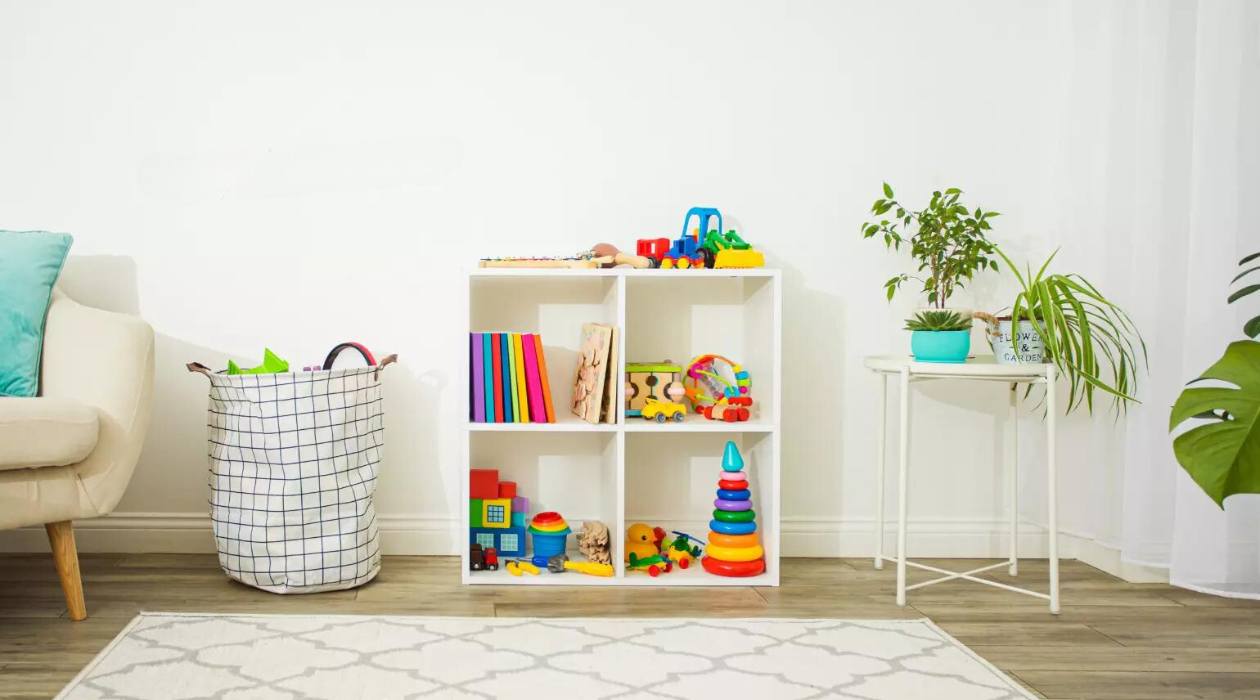

Articles
How To Store Toys In A Small Room
Modified: August 20, 2024
Discover creative storage solutions for articles in small rooms. Maximize space and keep your toys organized with these practical tips and ideas.
(Many of the links in this article redirect to a specific reviewed product. Your purchase of these products through affiliate links helps to generate commission for Storables.com, at no extra cost. Learn more)
Introduction
Welcome to this guide on how to store toys in a small room. Having a small space doesn’t mean you have to compromise on organization and functionality. With some strategic planning and creative solutions, you can effectively store and organize your child’s toys, making the most out of the available space.
As parents, we know how quickly toys can accumulate and take over a room. Without proper organization, they can create clutter and make it challenging to find and access specific toys when needed. Additionally, toys left scattered around can become tripping hazards or simply create a chaotic and stressful environment.
The key to successful toy storage in a small room lies in maximizing the space you have while keeping things organized and accessible. In this guide, we will explore different tips and tricks to help you achieve just that.
To start, it’s essential to assess the available space and determine the specific storage needs for your child’s toys. This will help you in strategically planning and selecting appropriate storage solutions. Let’s begin by evaluating the available storage options and understanding how to best utilize them.
Sorting and decluttering is the next crucial step in toy storage. It allows you to get rid of unneeded or unwanted toys, freeing up valuable space. We will discuss effective strategies for sorting toys into categories and deciding what to keep or discard.
Once you have organized and decluttered, it’s time to get creative and maximize the use of vertical space in your small room. We will explore options like utilizing vertical wall space for storage, installing shelves, and hooks for efficient toy organization.
Moreover, we will delve into the world of hidden storage solutions, such as under-bed storage bins and ottomans or storage benches. These clever storage options are not only functional but also help maintain a clean and clutter-free look in your child’s room.
Another strategy to make the most of the available space is to maximize closet space. We will provide tips on organizing toys within closets and utilizing closet door organizers for additional storage capacity.
Multi-purpose furniture is also an excellent way to save space and store toys. We will discuss how to choose furniture with built-in storage options and how the use of storage cubes and trunks can contribute to an organized and tidy room.
Utilizing toy storage containers is another effective way to keep toys in order. We will guide you on selecting suitable containers for toy storage and how to label them for easy identification.
In addition, we will introduce the concept of creating play zones within the room and implementing a toy rotation system. These strategies not only optimize space but also keep toys fresh and exciting for your child.
Lastly, we will share tips for maintaining organized toys, including establishing a regular cleaning and organizing routine and involving your child in the process. By following these simple yet effective practices, you can ensure an organized and functional space for your child.
Now that we have set the stage, let’s dive into the specifics of each storage solution and explore how you can implement them in your small room. By the end of this guide, you will have all the tools necessary to conquer the toy clutter and create a space that is both efficient and enjoyable for your child.
Key Takeaways:
- Maximize space by utilizing vertical wall space, hidden storage solutions, and multi-purpose furniture. Implement toy rotation and play zones to keep the room organized and engaging for your child.
- Maintain an organized room by establishing a cleaning routine, involving your child, and using clear labels. Lead by example to instill good organizing habits in your child.
Read more: How To Store Children’s Toys In Living Room
Assessing Your Space
Before diving into toy storage solutions, it’s crucial to assess your space and evaluate the available storage options. Understanding the specific storage needs for your child’s toys will help you make informed decisions and optimize the use of your small room efficiently.
First, take a close look at the dimensions and layout of the room. Consider the available floor space, wall space, and any existing furniture or fixtures that may impact your storage solutions. Measure the dimensions of the room and note any irregularities or obstacles that may affect storage placement.
Next, evaluate the different storage options in the room. Assess any existing shelving units, closets, or built-in storage spaces that can be utilized for toy storage. Identifying these existing storage options will help you determine how much additional storage you may need to incorporate.
Once you have a clear understanding of your space, it’s time to determine the specific storage needs for your child’s toys. Consider the types of toys your child has and their sizes. Some toys, like LEGO sets or board games, may require larger storage solutions, while smaller toys, like action figures or dolls, may be more efficiently stored in bins or baskets.
Consider the accessibility of the toys. Are there certain toys that your child uses more frequently or needs easy access to? Keep these toys within reach and in easily accessible storage solutions. For toys that are not used as often, consider utilizing storage solutions that can be tucked away or placed higher up.
Additionally, take into account any special considerations for specific toy categories. For example, if your child has a collection of stuffed animals, you may want to consider storage solutions that keep them easily visible and accessible without taking up too much space.
Finally, involve your child in the assessment process. Ask them about their favorite toys or the ones they enjoy playing with the most. This will help you prioritize storage for those toys and ensure they are easily accessible for your child.
By evaluating the available storage options and determining the specific storage needs for your child’s toys, you can begin to plan and implement organized storage solutions in your small room. In the following sections, we will explore various strategies and solutions that will help you maximize the storage capacity while maintaining a clutter-free and functional space.
Sorting and Decluttering
Once you have assessed your space and identified the storage options, it’s time to tackle the task of sorting and decluttering your child’s toys. This step is essential for creating a well-organized and efficient toy storage system in your small room.
Start by gathering all of the toys in one central location, such as the middle of the room or a large table. This will allow you to see the extent of the toy collection and make the sorting process easier.
Next, sort the toys into categories. This can be done based on different criteria, such as type of toy (e.g., dolls, cars, puzzles), age appropriateness, or even play themes. Sorting toys into categories will make it easier to identify storage solutions and keep similar toys together.
While sorting, be mindful of any broken or damaged toys. Set these aside for repair or disposal. It’s important to remove any toys that are no longer usable to ensure that you have a collection of well-maintained and safe toys for your child.
Once the toys are sorted into categories, it’s time to assess which ones are needed or wanted. Take a close look at each category and consider whether your child still plays with those toys or has outgrown them. Remember, the goal is to create a streamlined and organized toy collection to minimize clutter.
Getting rid of unneeded or unwanted toys can be a challenging task, especially if there is an emotional attachment or the fear of missing out on future play. However, it’s essential to prioritize and declutter to maximize your small room’s storage capacity.
You have several options for getting rid of unneeded toys. Consider donating toys that are in good condition to local charities, schools, or family shelters. This not only reduces clutter but also gives back to the community. Another option is to sell toys through online platforms or organize a neighborhood garage sale.
For toys that are no longer functional or suitable for donation or sale, dispose of them responsibly. Check local recycling guidelines to determine how best to dispose of plastic or electronic toys. Some areas also offer specific toy recycling programs.
Remember to involve your child in the decluttering process. Explain the concept of giving away toys to those in need and help them understand the importance of letting go of toys they no longer play with. This not only helps declutter the space but also encourages empathy and generosity.
By sorting toys into categories and getting rid of unneeded or unwanted toys, you have taken significant steps towards creating an organized and clutter-free toy storage system in your small room. In the next sections, we will explore different storage solutions that will help you keep the remaining toys well-organized and easily accessible.
Using Vertical Space
In a small room, utilizing vertical wall space for toy storage is a smart strategy to maximize the available space. By taking advantage of the often-underutilized wall space, you can create additional storage without encroaching on valuable floor area.
One of the most effective ways to utilize vertical wall space is by installing shelves. Wall shelves provide a dedicated area for toy storage while also adding a decorative element to the room. They come in various sizes, shapes, and materials, allowing you to choose options that fit your room’s aesthetic and storage needs.
When installing shelves, consider placing them at a height that is easily accessible for your child. This ensures that they can independently retrieve and put away their toys. Additionally, placing shelves at varying heights can create visual interest and add dimension to the room.
For smaller toys or items with specific storage requirements, consider using storage bins or baskets on the shelves to keep everything organized. Labeling these containers will make it easier for your child to find and return toys to their designated spot.
In addition to shelves, utilizing hooks on the walls is another efficient way to store toys. Hooks are perfect for hanging items such as costumes, dress-up accessories, or smaller toys with handles or loops. Not only do hooks save space, but they also provide easy access and encourage your child to keep their toys tidy.
When installing hooks, consider placing them at a height suitable for your child to reach. You can create rows of hooks and assign each row to a specific category of toys. By doing so, you’ll create a visually appealing display while also keeping toys organized and within your child’s reach.
Wall-mounted organizers and storage systems are another great option for utilizing vertical space. These systems often include a combination of shelves, hooks, and bins, providing a versatile storage solution for various types and sizes of toys. Look for systems that are customizable and adjustable to accommodate your specific storage needs.
Remember to install wall-mounted storage securely, using appropriate tools and hardware to ensure it can withstand the weight of the toys. If you’re unsure about installation, consider seeking the assistance of a professional handyman.
By utilizing vertical wall space for storage, installing shelves, hooks, or wall-mounted storage systems, you can effectively optimize the available space in your small room. In the next section, we will explore hidden storage solutions that can help keep your child’s toys organized and hidden from plain sight.
Utilizing Hidden Storage Solutions
In a small room, it’s important to make the most of every inch of available space. Hidden storage solutions allow you to keep your child’s toys organized and out of sight, helping to maintain a clean and clutter-free room. Let’s explore two popular hidden storage solutions: under-bed storage bins and ottomans/storage benches.
Under-bed storage bins are a fantastic option for maximizing storage space in a small room. The space under the bed is often underutilized, and using it for toy storage can free up valuable floor space. Look for under-bed storage bins that are shallow, allowing them to easily slide in and out from under the bed.
Before choosing under-bed storage bins, measure the height clearance under your child’s bed to ensure they fit. Opt for bins with lids or removable covers to keep the toys protected from dust and to create a streamlined and organized look in the room.
Under-bed storage bins are ideal for storing large or bulky toys, such as oversized stuffed animals, building blocks, or train sets. Categorize the toys in each bin and label them for easy identification and quick access. Encourage your child to participate in putting toys back in the designated bins after playtime.
Another hidden storage solution is investing in ottomans or storage benches. These pieces of furniture serve a dual purpose by providing seating and hidden storage compartments. Choose ottomans or storage benches that match the décor of the room and offer sufficient storage space for your needs.
When selecting an ottoman or storage bench, consider the size and weight capacity, as well as the ease of opening and closing the storage compartment. Look for options with child-friendly safety features such as soft-close hinges or removable lids that won’t slam shut on tiny fingers.
These versatile furniture pieces can be used to store small to medium-sized toys, such as puzzles, art supplies, or board games. Add dividers or small containers inside the storage compartment to keep items organized and prevent them from getting jumbled together.
Additionally, ottomans or storage benches can serve as functional seating or a tabletop surface for your child to play or craft on. They can be placed in various areas of the room, such as near a desk or reading corner, to optimize space and provide convenient toy storage.
By utilizing under-bed storage bins and investing in ottomans or storage benches, you can effectively utilize hidden storage solutions in your small room. In the next section, we will explore how to maximize closet space to further enhance toy storage and organization.
Read more: How To Store Toys With Small Pieces
Maximize Closet Space
Closets are valuable storage areas in any room, including a small room. By maximizing the use of closet space, you can create efficient and organized toy storage solutions. Let’s explore two strategies for utilizing closet space: organizing toys within closets and using closet door organizers.
Organizing toys within closets is a great way to keep them neatly stored and hidden from view. Start by decluttering the closet and creating space specifically designated for toy storage. Remove any unnecessary items or clothing to make room for toys.
Consider utilizing shelving units or adjustable wire racks inside the closet to create additional storage surfaces. These shelves can accommodate various sizes of toys or storage containers, keeping them organized and easily accessible.
When arranging toys on the shelves, consider organizing them by category or type. You can have separate shelves for dolls, action figures, puzzles, or arts and crafts supplies. This not only keeps toys in order but also makes it easier for your child to find and put away their belongings.
If your closet has a hanging rod, incorporate hanging organizers with multiple compartments. These organizers are perfect for storing smaller toys or items with specific storage needs, such as building blocks, art supplies, or accessories.
Utilize color-coded or labeled bins and baskets on the shelves or inside the hanging organizers to further enhance organization and create a cohesive look. Using clear bins or transparent containers allows for easy visibility of the contents, making it effortless to find specific toys or materials.
Another way to maximize closet space is by using closet door organizers. These organizers can be attached to the back of the closet door, providing additional storage without taking up any floor or shelf space.
Closet door organizers usually have various compartments and pockets that can hold small toys, art supplies, or even books. They are especially useful for frequently used items or toys that your child enjoys having easy access to.
Consider using over-the-door shoe organizers, hanging fabric organizers, or clear pockets for storing smaller toys or craft supplies. These organizers can also keep items like building blocks or toy cars neatly contained and easily accessible.
By organizing toys within closets and utilizing closet door organizers, you can effectively maximize the storage space in your small room. In the next section, we will explore the benefits of using multi-purpose furniture to further enhance toy storage solutions.
Consider using storage bins or baskets to keep toys organized and easily accessible. Utilize vertical space with wall-mounted shelves or hanging organizers to maximize storage in a small room.
Utilizing Multi-purpose Furniture
In a small room, multi-purpose furniture is a game-changer when it comes to maximizing storage and functionality. Choosing furniture pieces that have built-in storage options can help you efficiently store and organize your child’s toys. Let’s explore two popular multi-purpose furniture options: furniture with built-in storage and storage cubes/trunks.
When choosing furniture with built-in storage, consider pieces like beds, desks, or bookshelves that have drawers, compartments, or hidden storage areas. These furniture pieces not only serve their primary purpose but also provide additional space to store toys.
For example, consider a bed with built-in drawers underneath or a headboard with shelves. These options allow you to store toys, extra bedding, or even books within easy reach. By incorporating storage into furniture that is already essential in the room, you can save on space and keep everything organized.
Desks with storage compartments or built-in shelving are also excellent choices for organizing toys and art supplies. Your child can have a dedicated area for creative activities while efficiently storing their materials. This not only keeps the room tidy but also encourages creativity and productivity.
Another versatile option is using storage cubes or trunks. These cube-shaped or rectangular storage units can serve multiple functions while providing ample storage space for toys. They can be used as seating, tables, or even as a platform for other furniture.
Storage cubes are perfect for small toys or items that need to be readily accessible. You can arrange them in various configurations to create a visually appealing display in the room. Consider using fabric bins or baskets inside the cubes to keep items organized and prevent them from spilling out.
Trunks or chests are particularly useful for storing larger toys or bulkier items. They can be used as a coffee table, an extra seating option, or even as a footrest. Look for trunks with easy-opening lids and consider ones that have safety features like soft-close hinges to ensure that they won’t accidentally slam shut.
When selecting multi-purpose furniture, be mindful of the size and scale of the room. Choose furniture pieces that fit the space without overwhelming it. Additionally, consider the style and design of the furniture to ensure it complements the overall aesthetic of the room.
By utilizing furniture with built-in storage and incorporating storage cubes or trunks, you can effectively maximize storage space while optimizing the functionality of the furniture in your small room. In the next section, we will discuss the importance of using toy storage containers and how to label them for easy identification.
Utilizing Toy Storage Containers
When it comes to organizing toys in a small room, having the right storage containers is essential. Properly selected containers can help keep toys organized, easily accessible, and prevent clutter. Let’s explore two key aspects of utilizing toy storage containers: selecting appropriate containers and labeling them for easy identification.
When selecting containers for toy storage, consider the size, material, and functionality. Choose containers that are appropriate for the types and sizes of toys you intend to store. For instance, consider using larger bins or boxes for large toys or stuffed animals, and smaller containers or baskets for smaller toys like action figures or art supplies.
Plastic bins or canvas storage bins with lids are versatile options that provide durability and protection against dust. Transparent containers are also advantageous as they allow for easy visibility and quick identification of the toys inside, eliminating the need to open multiple bins to find a specific item.
When it comes to the material of the containers, consider your child’s safety. Opt for containers without sharp edges or small parts that can be a choking hazard. If possible, choose containers made from non-toxic materials that are easy to clean and maintain.
Functionality is another crucial factor to consider. Look for containers with handles for easy transport, especially if your child likes to bring toys to different areas of the room or the house. Stackable containers are also beneficial as they save space and make the most of vertical storage.
Once you have selected the appropriate containers for toy storage, labeling them is essential for easy identification and organization. Labeling containers helps both you and your child quickly find specific toys and return them to their designated spots.
Use labels or stickers that are easy to read and understand, especially if your child is not yet able to read independently. You can use colored labels or incorporate pictures or symbols to represent different toy categories. For example, a picture of a doll for the bin containing dolls or a car image for the bin with toy cars.
Consider using a color-coding system if you have multiple children or want to further categorize toys. Assign a specific color to each child or each toy category, and label the bins accordingly with matching colored labels or tags.
When labeling containers, place the labels on the front or top of the bins where they are clearly visible. Make sure the labels are securely attached to withstand wear and tear, and replace or update labels as needed when you rearrange or reorganize the toy storage system.
Involving your child in the labeling process can make it more engaging and help them feel ownership over their toys. Encourage them to participate in creating the labels or even draw pictures to represent different toys or categories.
By selecting appropriate containers for toy storage and labeling them for easy identification, you can create an organized and efficient toy storage system in your small room. In the following section, we will discuss the benefits of creating zones and implementing a toy rotation system in the room.
Creating Zones and Rotation System
In a small room, creating distinct play zones and implementing a toy rotation system can maximize space, keep toys organized, and spark renewed interest in your child’s toys. Let’s explore the benefits of creating play zones within the room and how to implement a toy rotation system effectively.
Creating play zones within the room involves designating specific areas for different types of play or toys. This not only helps keep toys organized but also enhances the overall functionality and flow of the room.
Start by assessing the available space and identifying areas that can be transformed into play zones. Consider allocating space for areas such as a reading nook, arts and crafts corner, or building zone. These zones can be defined by using furniture, dividers, or floor mats.
When creating play zones, take into account your child’s interests and play preferences. If your child enjoys reading, set up a cozy reading nook with a bookshelf and a comfortable chair or floor cushions. If they are into building blocks or construction toys, dedicate a specific area with a play mat or table for construction activities.
By creating separate zones, you establish boundaries for toys and activities, making it easier to keep them organized and reduce clutter. Encourage your child to use the designated play zones for specific activities, and reinforce the habit of returning toys and materials to their respective zones after playtime.
Implementing a toy rotation system is another effective technique for managing toys in a small room. This system involves rotating a selection of toys in and out of active play, keeping the room from becoming overwhelmed with too many toys at once.
Start by categorizing toys into different groups or sets. Each set will consist of a specific number of toys that are stored away while a different set is available for play. Rotate the sets on a regular schedule, such as weekly or monthly, to create a sense of novelty and keep your child engaged with their toys.
When implementing a toy rotation system, have a designated storage area for the toys not currently in use. This can be in a closet, on a high shelf, or in a designated storage box. Make sure the storage area is easily accessible to minimize the effort required to rotate the toys.
When it’s time to rotate the toys, involve your child in the process. Allow them to participate in choosing which toys to include in the active play set and to help with the rotation. This not only keeps them engaged but also encourages decision-making skills and a sense of ownership over their toy collection.
Toy rotation not only helps manage clutter and maximize space but also stimulates your child’s imagination and creativity. With a limited number of toys available at a time, they are more likely to explore different play scenarios and fully engage with each toy.
By creating play zones within the room and implementing a toy rotation system, you can optimize space, keep toys organized, and foster a sense of excitement and exploration in your child. In the final section, we will discuss tips for maintaining organized toys in your small room.
Read more: How To Store Toys In Living Room
Tips for Maintaining Organized Toys
Once you have implemented various storage solutions and established a system for organizing toys in your small room, it’s important to maintain a tidy and organized space. Here are some helpful tips for maintaining organized toys:
1. Establish a regular cleaning and organizing routine: Set a schedule for cleaning and organizing the room on a weekly or monthly basis. This ensures that toys are regularly sorted, decluttered, and returned to their designated storage areas. Stick to the routine and involve your child in the process to cultivate good habits.
2. Encourage children to participate in cleaning up: Teach your child the importance of cleaning up after playtime. Make it fun by turning tidying into a game or challenge. Assign specific tasks or areas for them to clean up, and provide positive reinforcement and praise for their efforts. By involving your child in the cleaning process, you instill a sense of responsibility and ownership over maintaining an organized space.
3. Use clear labels or visual cues: Ensure that labels on storage containers, shelves, or drawers are clear and easily readable. You can also use visual cues like pictures or color-coded labels for younger children who may not be able to read yet. Clear labels and visual cues aid in quick identification of storage areas, making it easier for your child to put toys back in their proper place.
4. Teach organizing principles: Teach your child basic organizing principles, such as sorting toys by category or size and grouping similar items together. Show them how to arrange toys in a neat and orderly manner, emphasizing the importance of maintaining order in their play space.
5. Limit the number of toys: Consider implementing a toy rotation system to prevent an excessive number of toys from overwhelming the room. By limiting the number of toys available at a time, you can maintain a more organized and clutter-free environment. Donate or sell toys that are no longer used or needed to keep the collection manageable.
6. Storage for ongoing projects: Designate a specific area or container for ongoing projects or crafts your child is working on. This will help keep materials and supplies organized and prevent them from spreading throughout the room. Encourage your child to clean up and store their project materials properly after each session.
7. Regularly assess and adjust storage solutions: As your child grows and their toy collection changes, regularly assess the effectiveness of your storage solutions. Consider adjusting or reorganizing storage areas to better accommodate their evolving needs. This flexibility ensures that the storage is optimized for the types and sizes of toys you have.
8. Lead by example: Show your child the importance of keeping a clean and organized space by setting a good example. Keep your own belongings tidy and demonstrate the same cleaning and organizing habits you expect from them. Children learn best through observation, so modeling good organization skills will encourage them to follow suit.
By establishing a regular cleaning and organizing routine and encouraging your child to participate in cleaning up, you can maintain an organized and functional space for toys in your small room. With consistency and positive reinforcement, your child will develop lifelong skills in keeping their surroundings tidy and organized.
Now armed with these tips, you’re well-equipped to maintain an organized and clutter-free toy storage system in your small room. Enjoy the benefits of a space that fosters creativity, play, and peacefulness for both you and your child.
Conclusion
Organizing toys in a small room can seem like a daunting task, but with the right strategies and storage solutions, it’s absolutely achievable. By assessing your space, sorting and decluttering, utilizing vertical space, and making use of hidden storage solutions, you can optimize the available space and keep toys organized and easily accessible.
Maximizing closet space, utilizing multi-purpose furniture, and utilizing toy storage containers are additional effective techniques for creating an organized and functional toy storage system. Creating play zones within the room and implementing a toy rotation system enhance the functionality and keep your child engaged in their playtime.
Maintaining an organized room requires establishing a regular cleaning and organizing routine and fostering your child’s participation in cleaning up. By teaching organizing principles, using clear labels, and limiting the number of toys, you can maintain order and harmony within your small room.
Remember, leading by example and setting a positive tone in organizing and tidying habits will go a long way in encouraging your child to take ownership and responsibility for their toys and the cleanliness of their room.
Organizing toys in a small room not only creates a functional and clutter-free environment, but it also promotes a sense of calm, creativity, and joy for both you and your child. A well-organized room allows for easier play, seamless access to toys, and encourages imaginative play and exploration.
By implementing the strategies discussed in this guide, you can transform your small room into an organized oasis where your child’s toys are neatly stored, easily accessible, and cherished. Enjoy a space that promotes creativity, relaxation, and fun-filled playtime for your child!
Frequently Asked Questions about How To Store Toys In A Small Room
Was this page helpful?
At Storables.com, we guarantee accurate and reliable information. Our content, validated by Expert Board Contributors, is crafted following stringent Editorial Policies. We're committed to providing you with well-researched, expert-backed insights for all your informational needs.
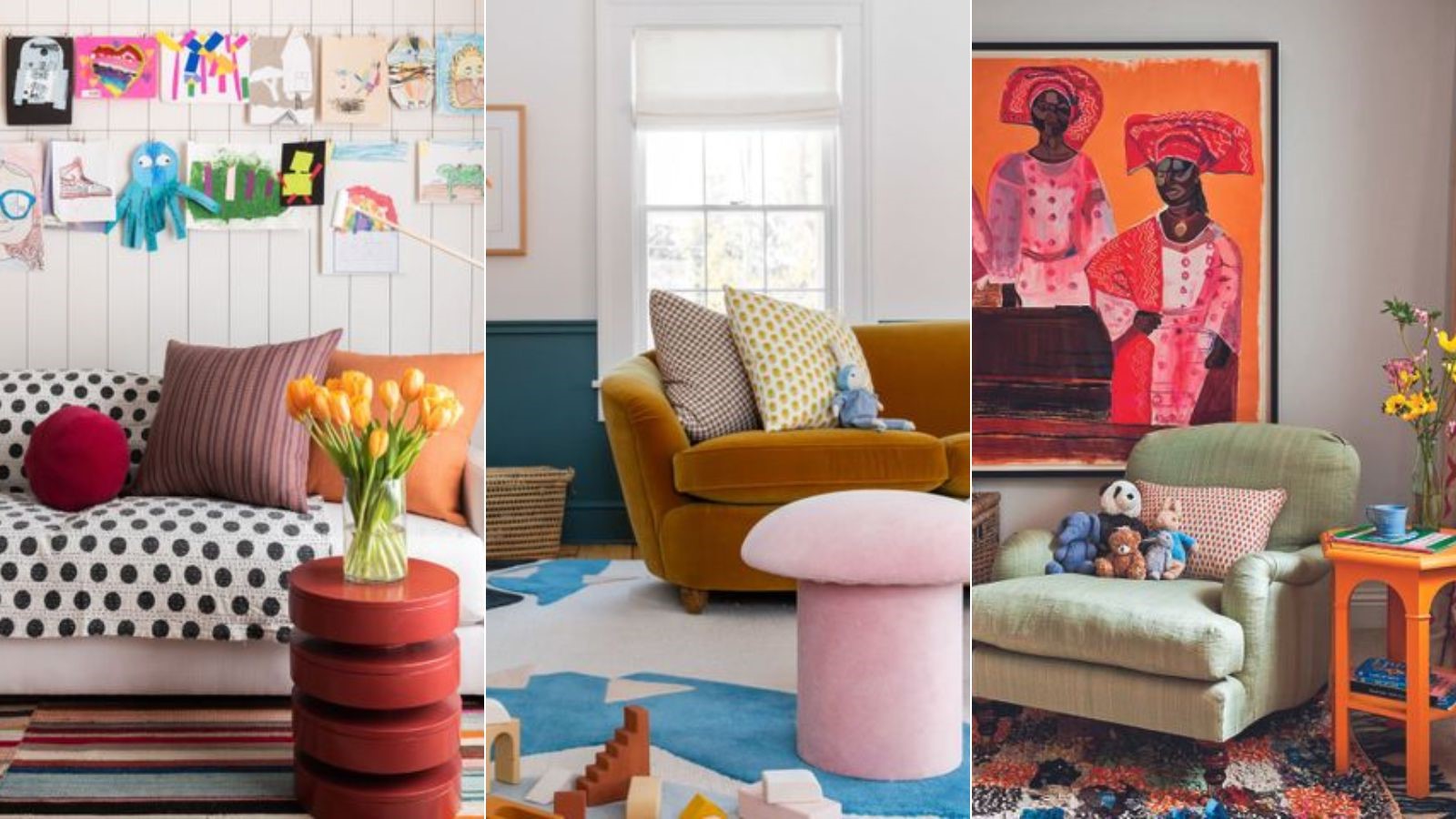
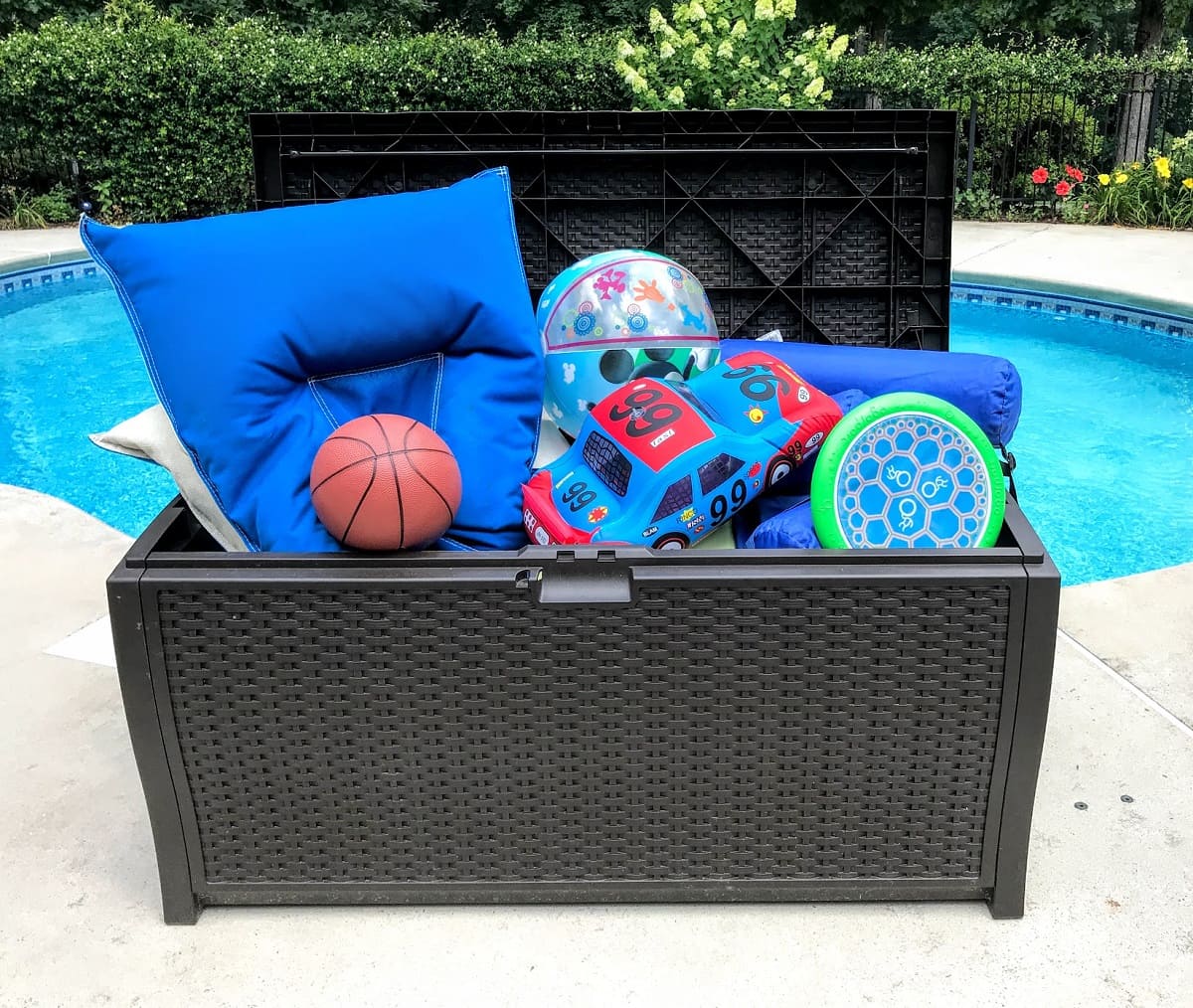
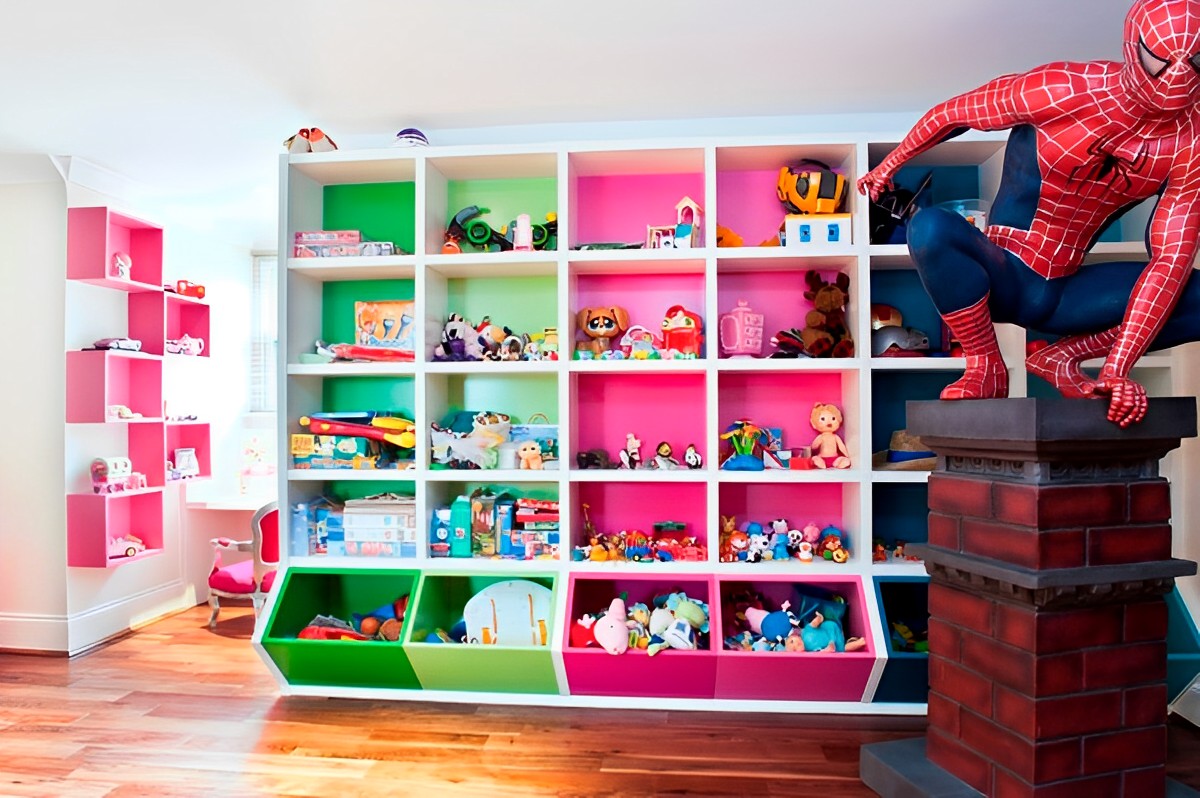
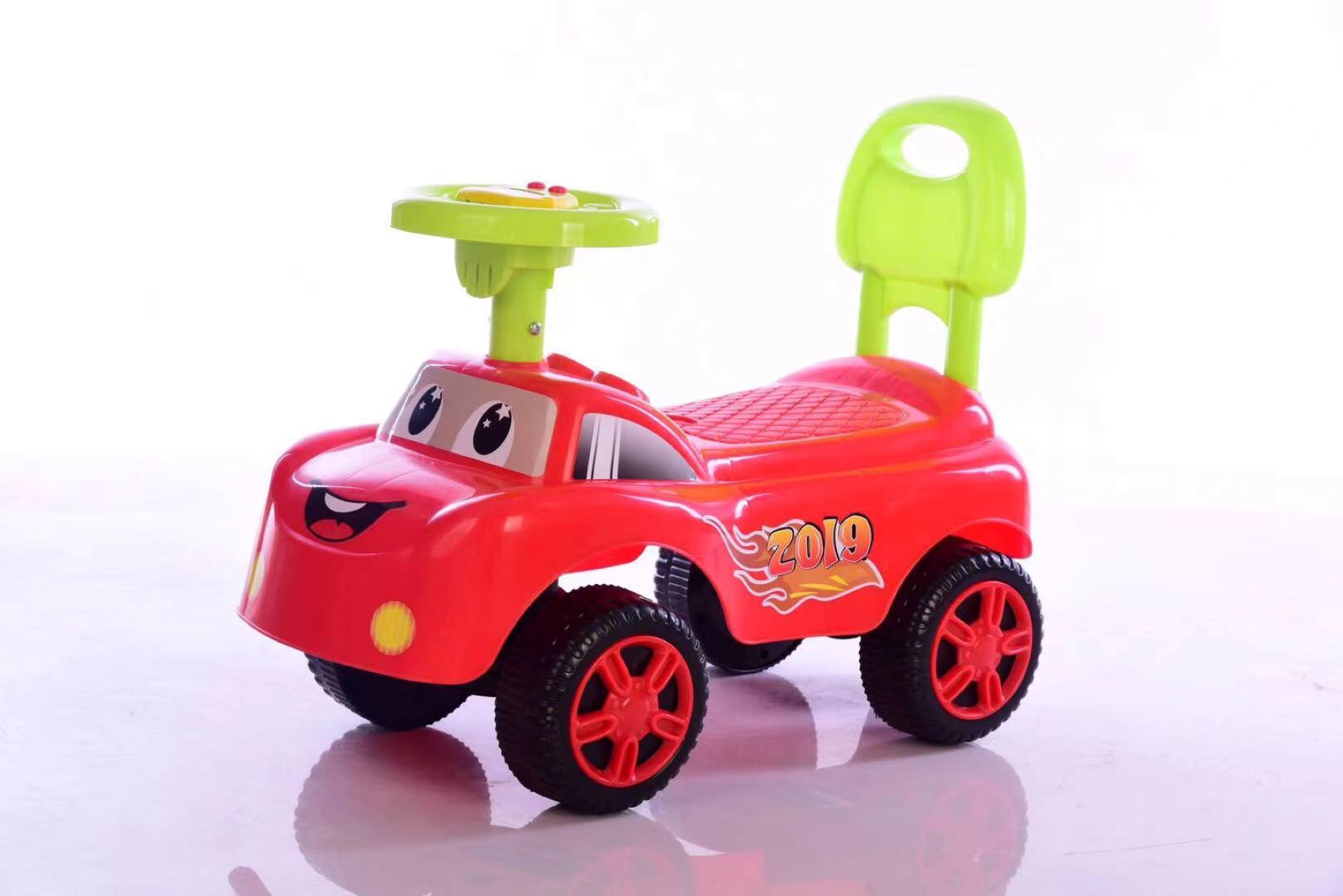
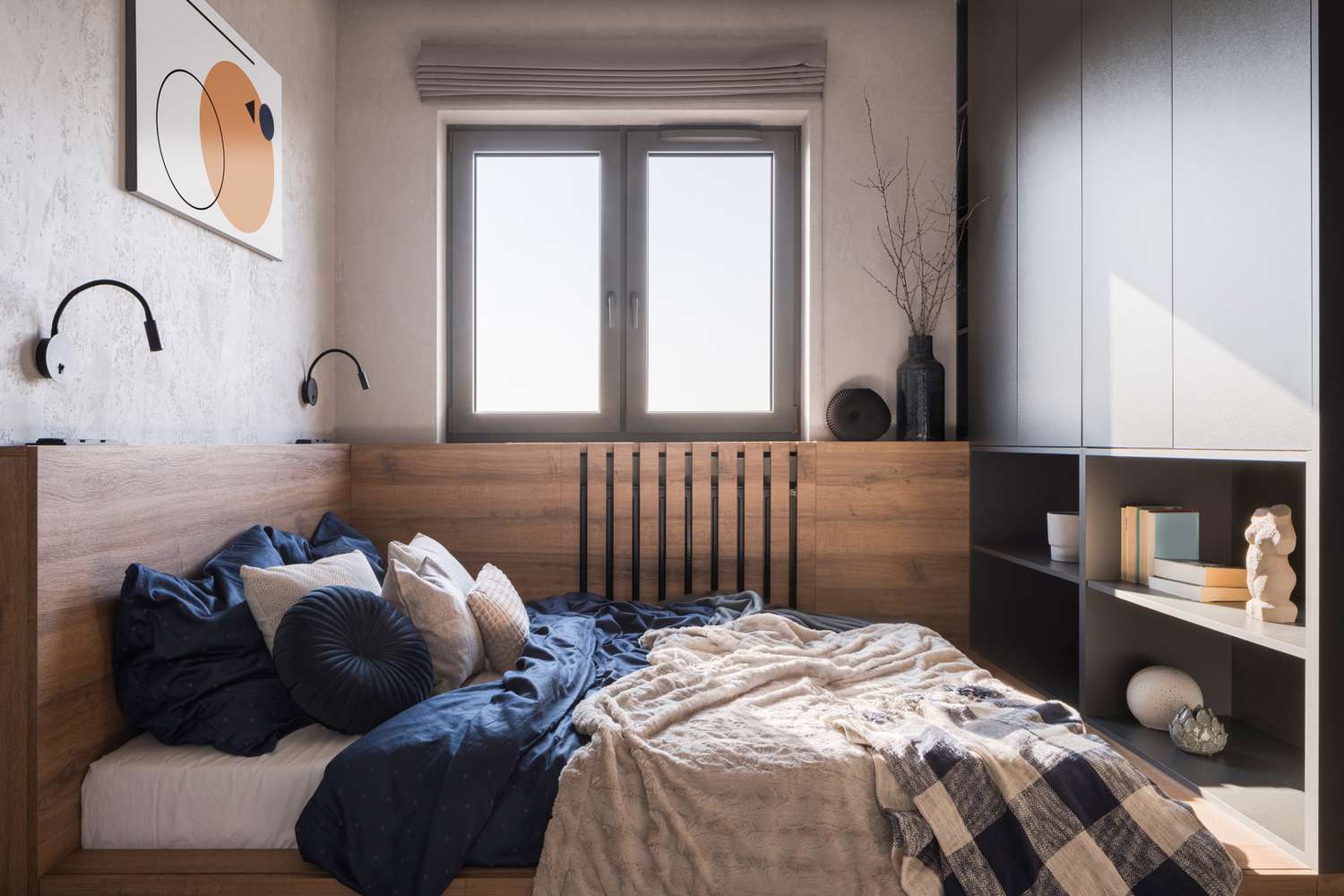
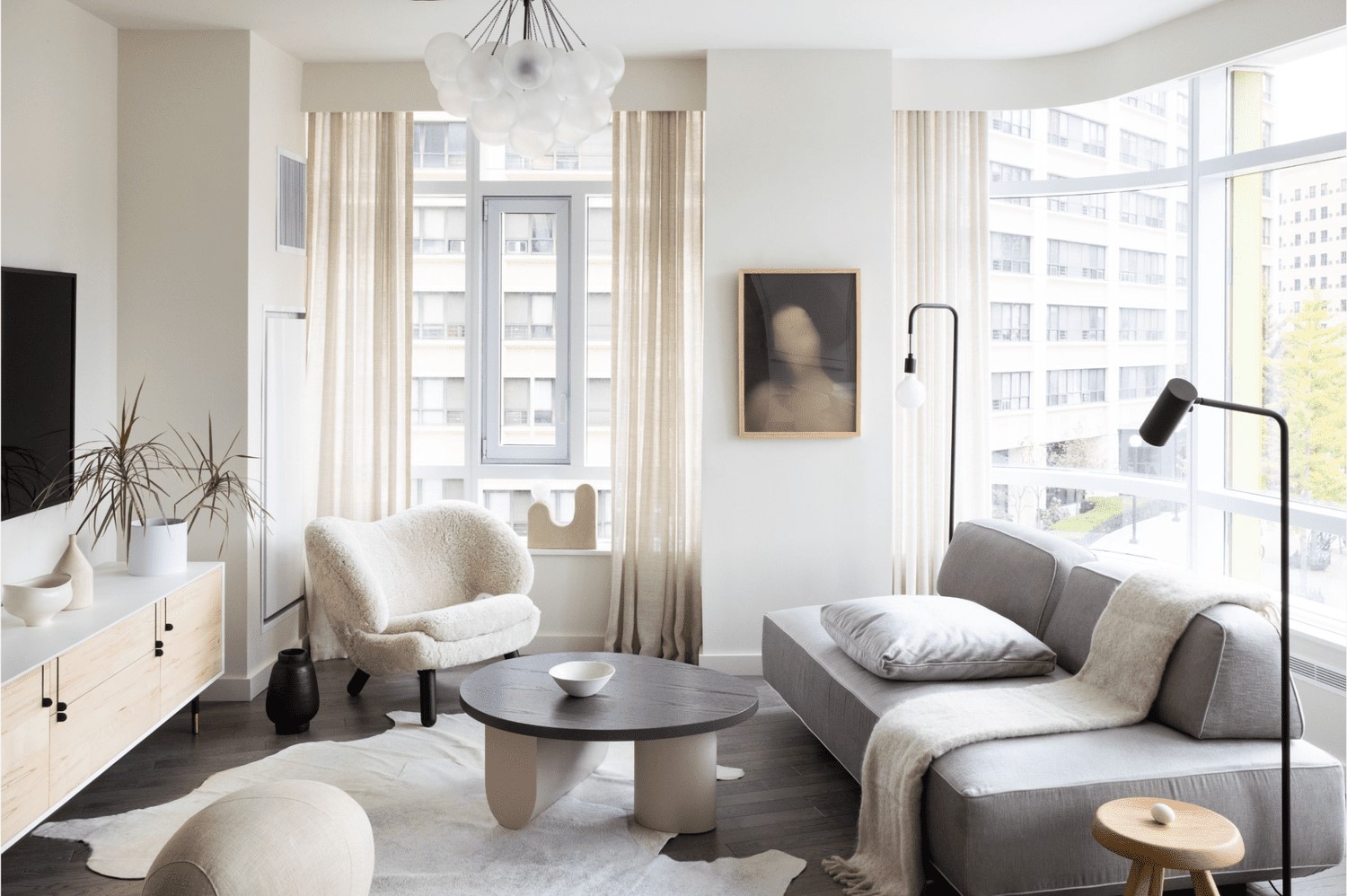
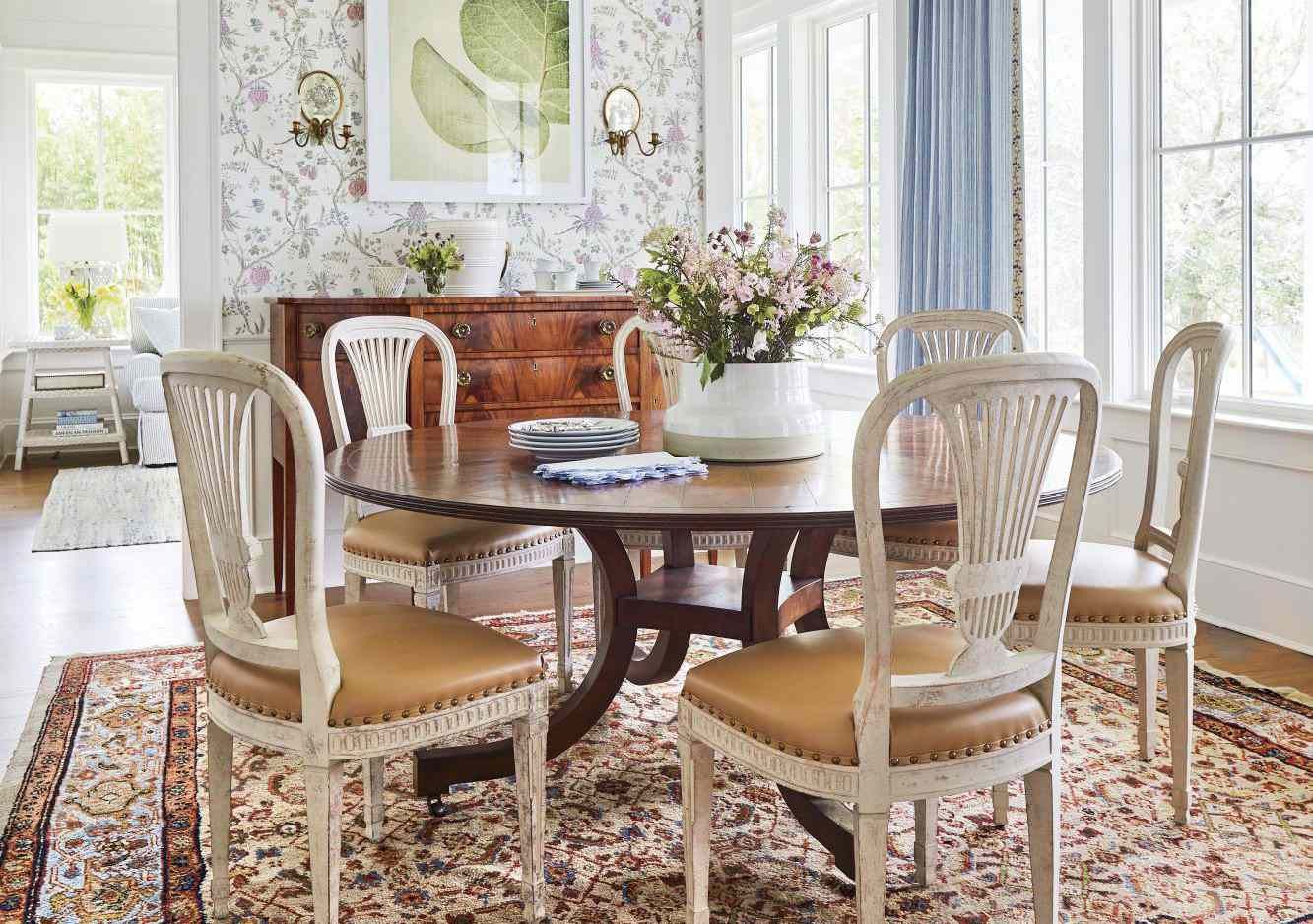
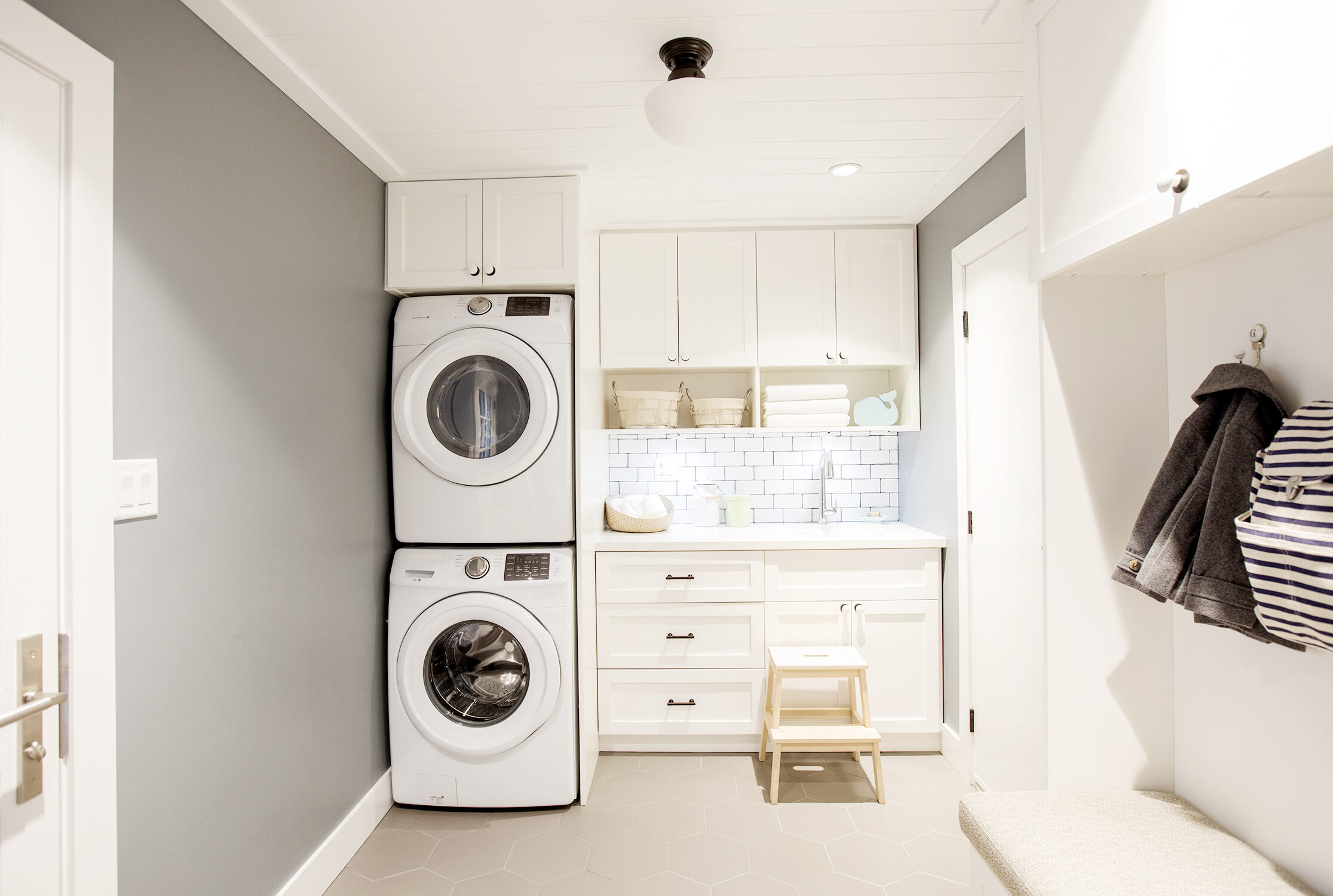

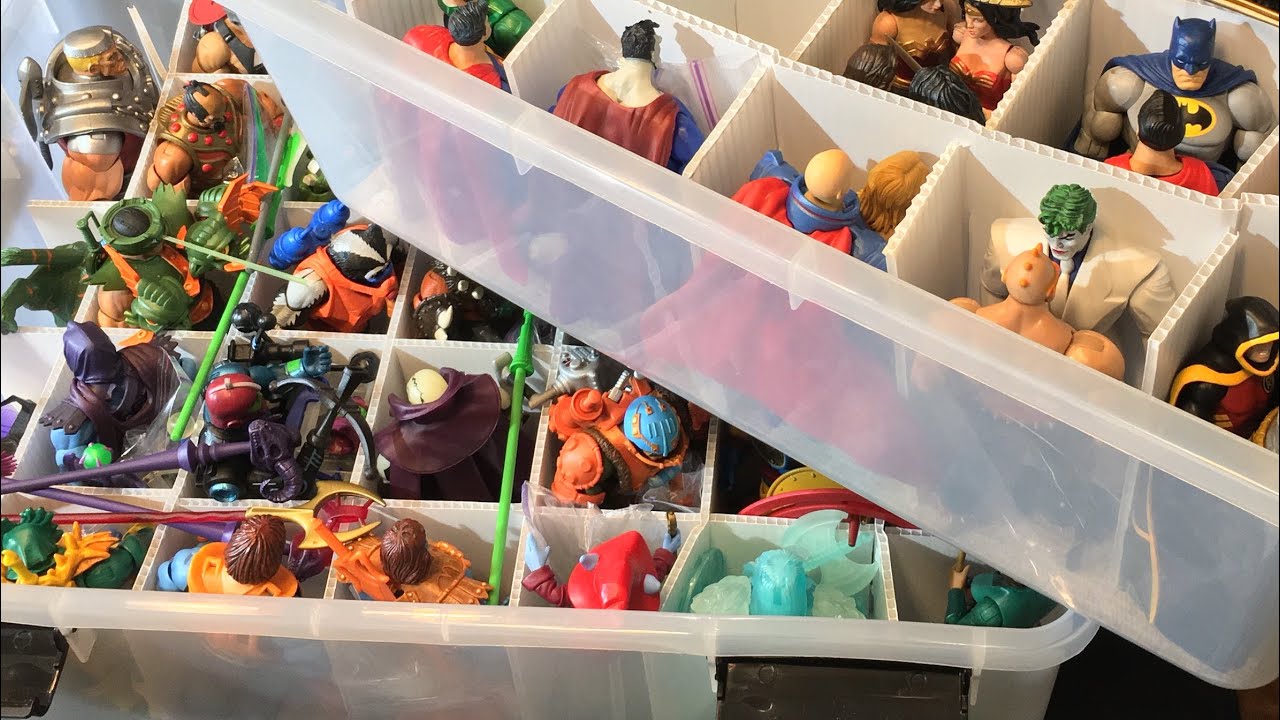
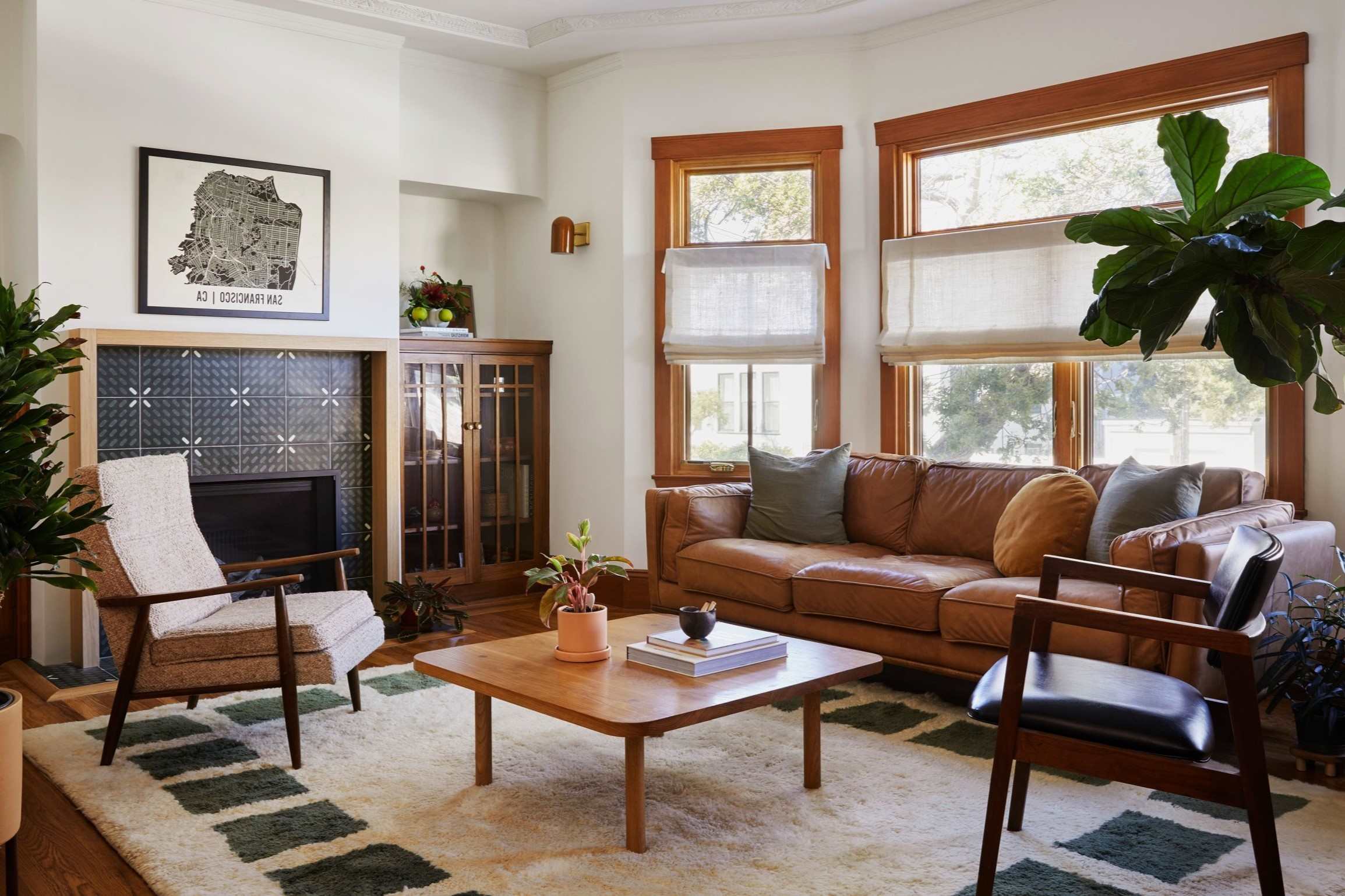
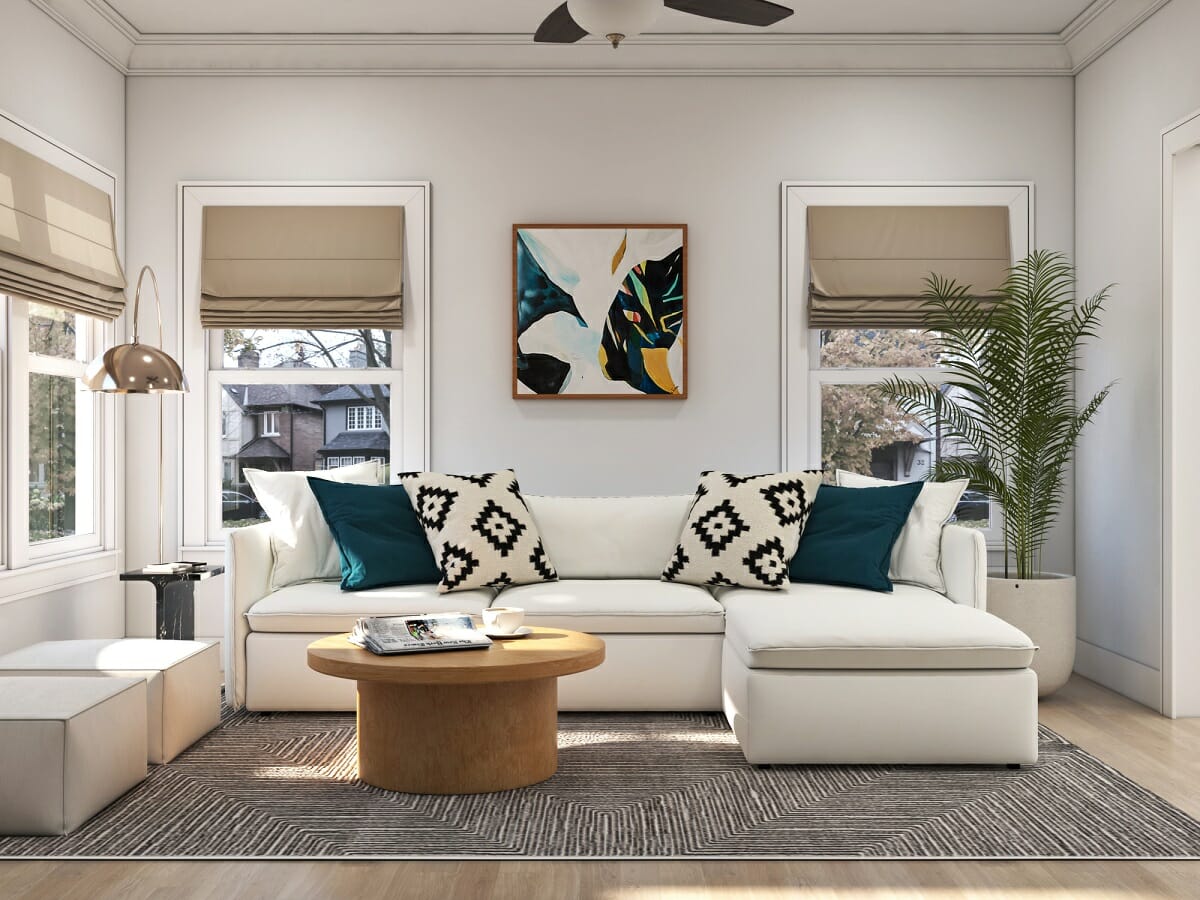
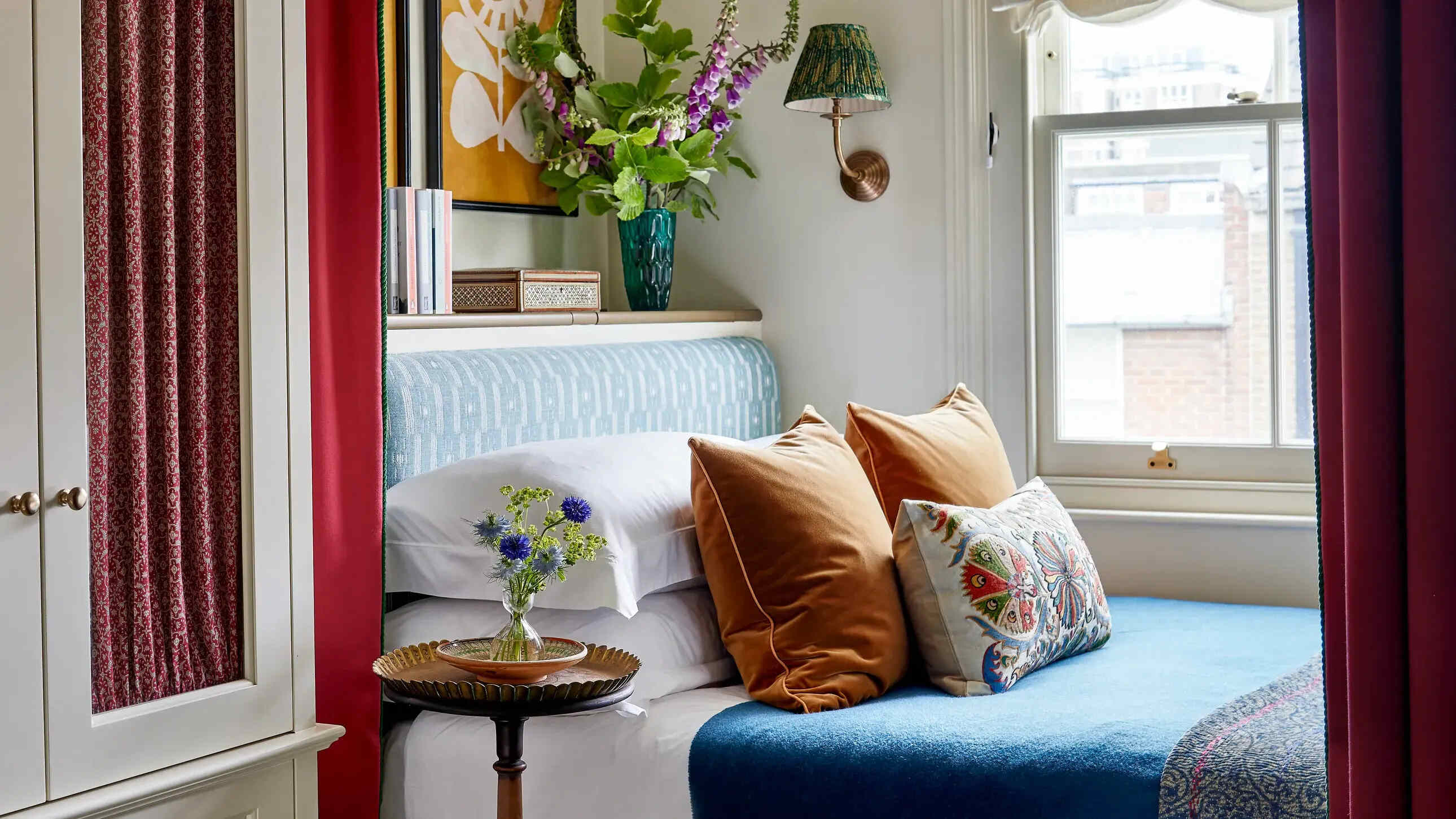

0 thoughts on “How To Store Toys In A Small Room”